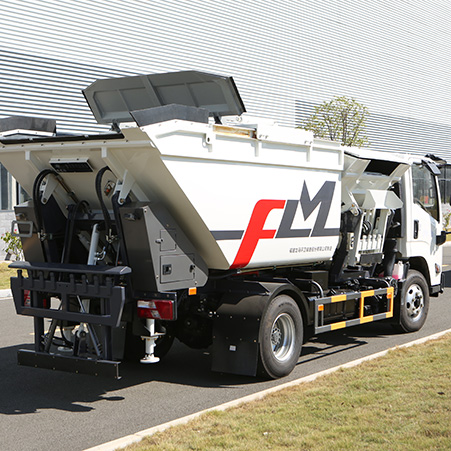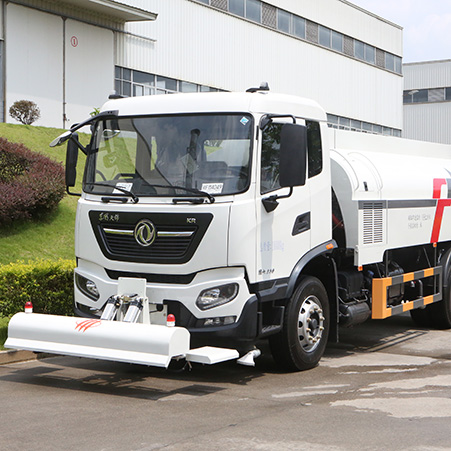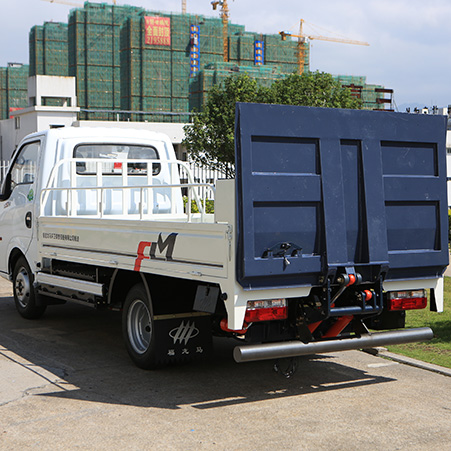The maintenance of the FULONGMA sanitation garbage truck is directly related to the life, safety, and performance of the vehicle. If the vehicle is not properly maintained, it may cause unnecessary damage to the vehicle and affect the working efficiency of the vehicle. The maintenance of sanitation garbage trucks involves many aspects, so the basic knowledge of sanitation garbage truck maintenance is still indispensable. So what is the common sense of sanitation garbage truck maintenance projects? Here is the summary for you:
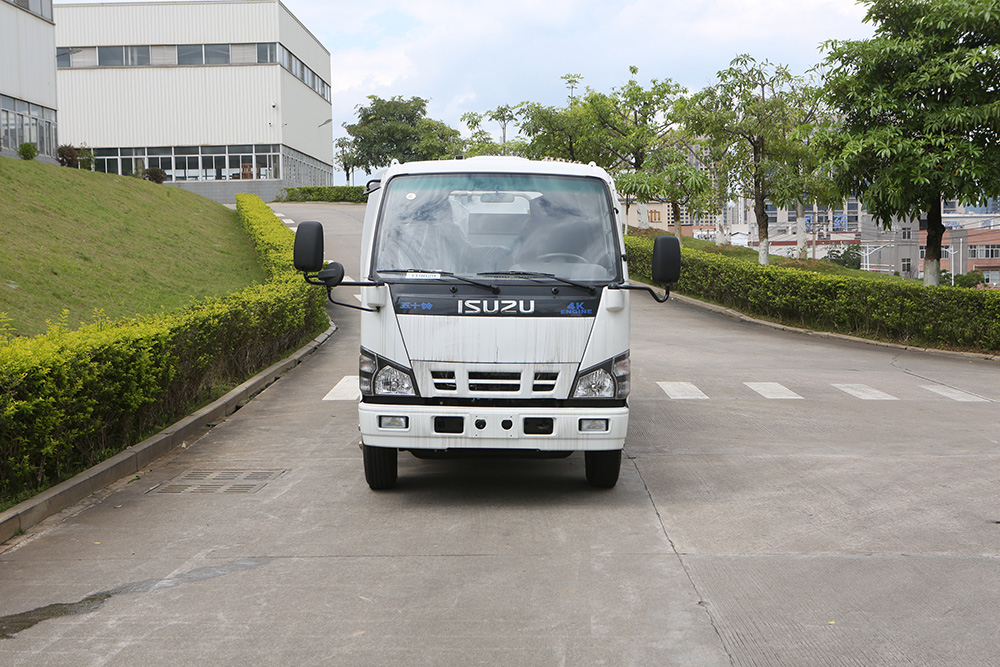
1. Engine oil check
Park the sanitation garbage truck on a level surface. Pull out the vernier ruler to check the oil level. If the oil level is within the two lines of F and L, it belongs to the normal range, and if it is lower than the L position. Then the specified type of oil should be added, and the liquid level after refueling should not be higher than the F position.
2. Engine coolant level check
Do not open the radiator cover when the engine of the sanitation garbage truck is hot, otherwise, it may be scalded by the splashed coolant or high-temperature steam. After the engine cools down, check that the coolant level should be between the full level and the low level. Otherwise, add distilled water or pure water (mineral water is not allowed) or freezing fluid. The level of the coolant after adding water should not exceed the full level. If it is found that the coolant decreases rapidly in a short period of time, check the cooling system for leaks or go to the maintenance station for inspection.
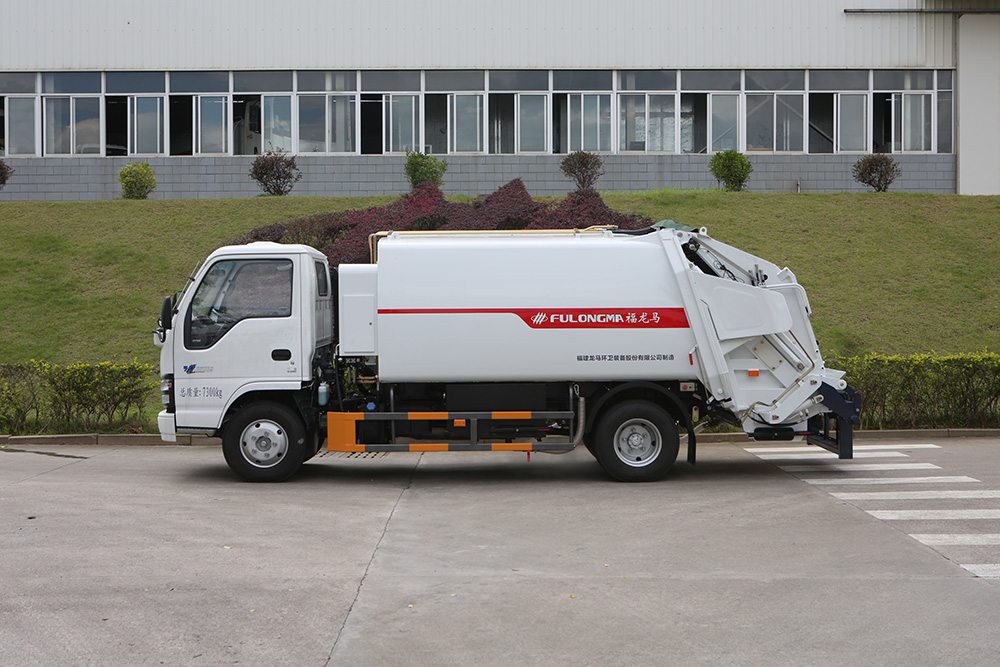
3. Check the air filter
If the air filter of the sanitation garbage truck is too dirty, it will cause poor engine operation, excessive fuel consumption, damage to the engine, etc. When checking the air filter, if it is found that there is less dust and less blockage, high-pressure air can be used to blow it from the inside to the outside, and continue. use. Dirty air filters should be replaced in time.
4. Inspection of spark plugs
The normal spark plug insulation ceramic is intact. There is no rupture and leakage phenomenon. When the spark plug gap is 0.8+-0.0mm, the spark is blue and strong. If any abnormality is found, the gap should be adjusted or the spark plug should be replaced.
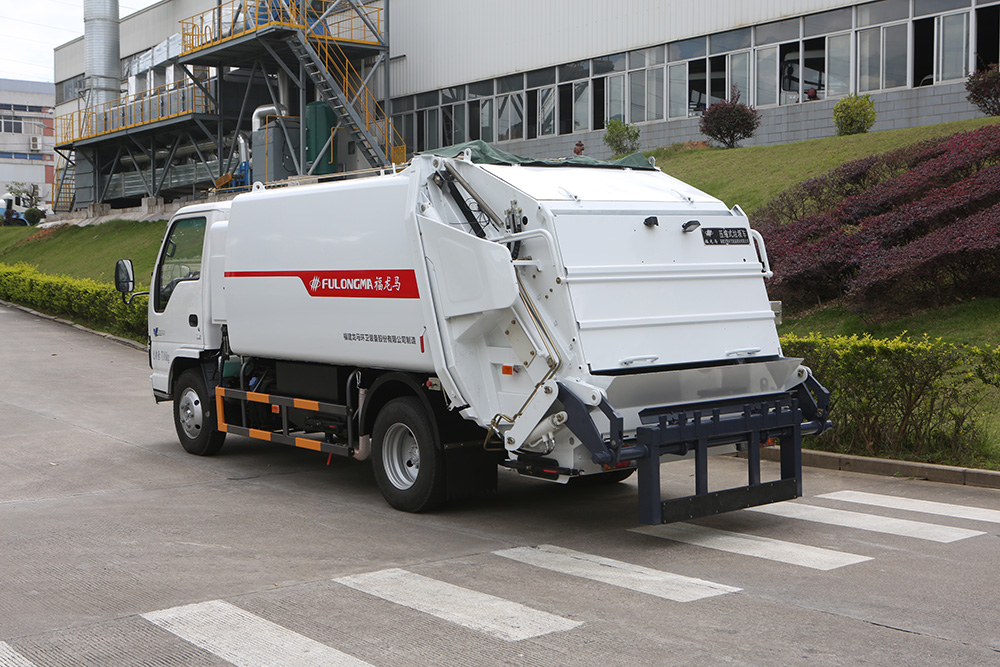
5. Check the brake fluid level
The braking is also between high and low, which means it is normal. If the brake fluid is close to the lower limit or lower than the lower limit, it means that there may be a leakage in the system or excessive wear of the brake shoes, and you should go to the maintenance station for maintenance in time.
When adding brake fluid, pay attention to adding the same type of brake fluid to prevent damage to the leather cup, and pay attention to protecting the paint to prevent corrosion of the paint surface.
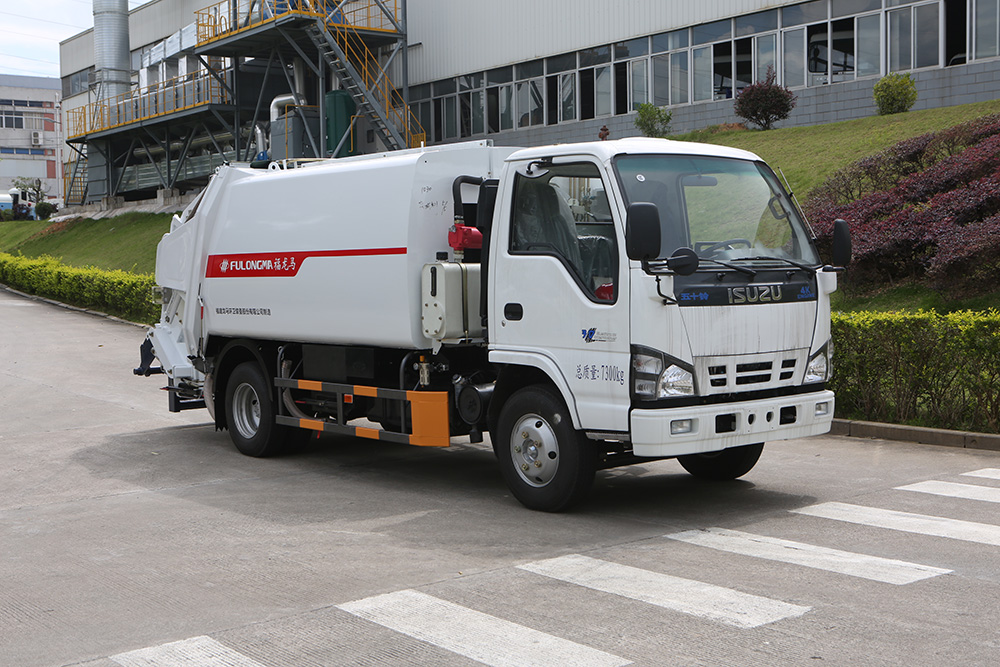
6. Tire inspection
The tire pressure should be checked at room temperature every month. If it is lower than the normal standard, the tire pressure should be replenished in time. The air pressure cannot be too high or too low, otherwise, it will affect the safety of driving. Check the tire for cracks, and replace the tire in time if there is a safety hazard. When choosing tires, the model should be the same.
7. Inspection of belts
When the engine is started or the vehicle is usually driven, the belt makes noise. One of the cases is that the belt has not been checked and adjusted for a long time. It can be adjusted according to the normal standard. Another situation is that the belt is aging and needs to be replaced.
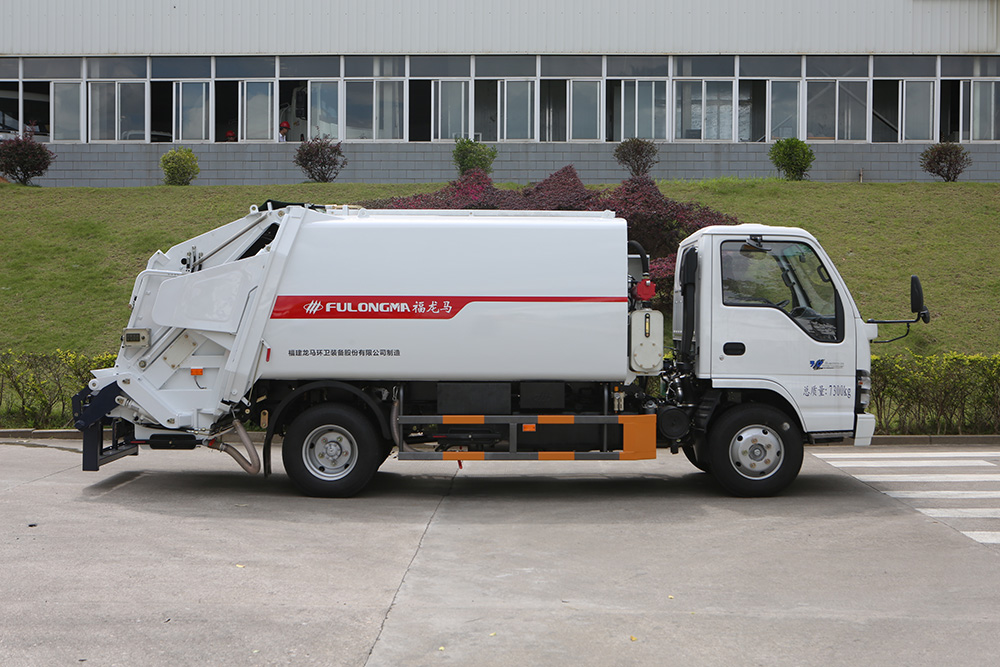
8. Check the gasoline filter
If it is found that the fuel supply is not smooth, check whether the gasoline filter is blocked. If it is blocked by foreign matter, it should be replaced in time.
9. Check the fluid level of the clutch master cylinder
If the clutch fluid level is between high and low fluid level, it means it is normal. If it is lower than the standard line, it may be that the master cylinder or the sub-pump cup is damaged. When the engine is running, it will be difficult or impossible to shift the gear. Please go to the nearest maintenance station for maintenance.
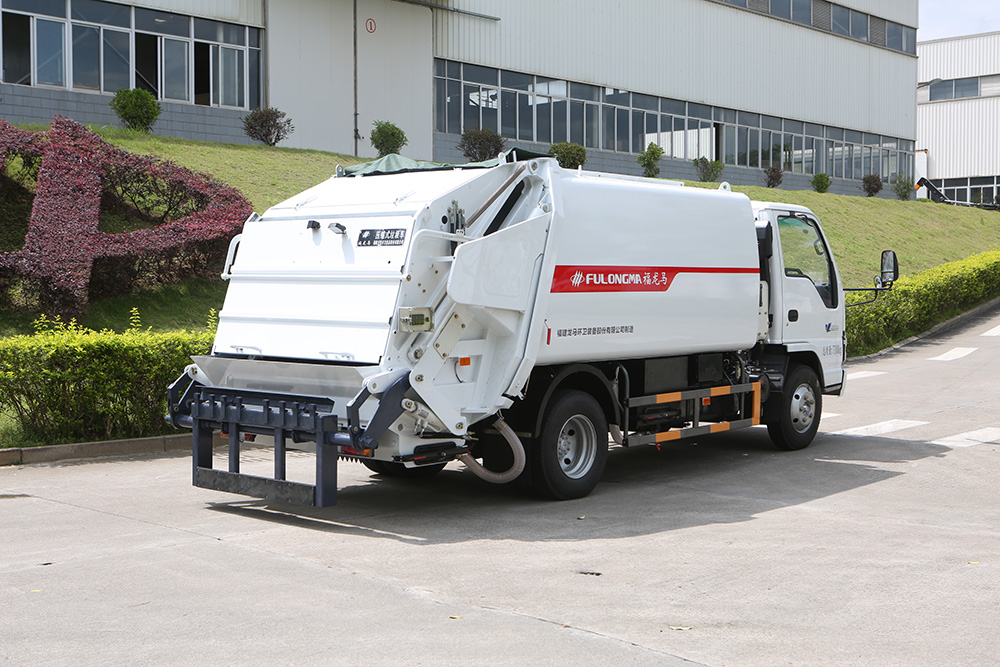
10. Maintenance and inspection of the battery
Check whether the battery is firmly fixed, the electrolyte should be between the upper limit and the lower limit, and the electrolyte or distilled water should be replenished to the high line in time when it is close to the offline line. Keep the positive and negative cables of the battery in good contact, and keep the battery clean and dry. For vehicles that have been placed for a long time, remove the positive and negative cables of the battery, and reconnect the battery after about half a month to start the engine for about 20 minutes. If the battery is obviously insufficient, it should be charged in time.
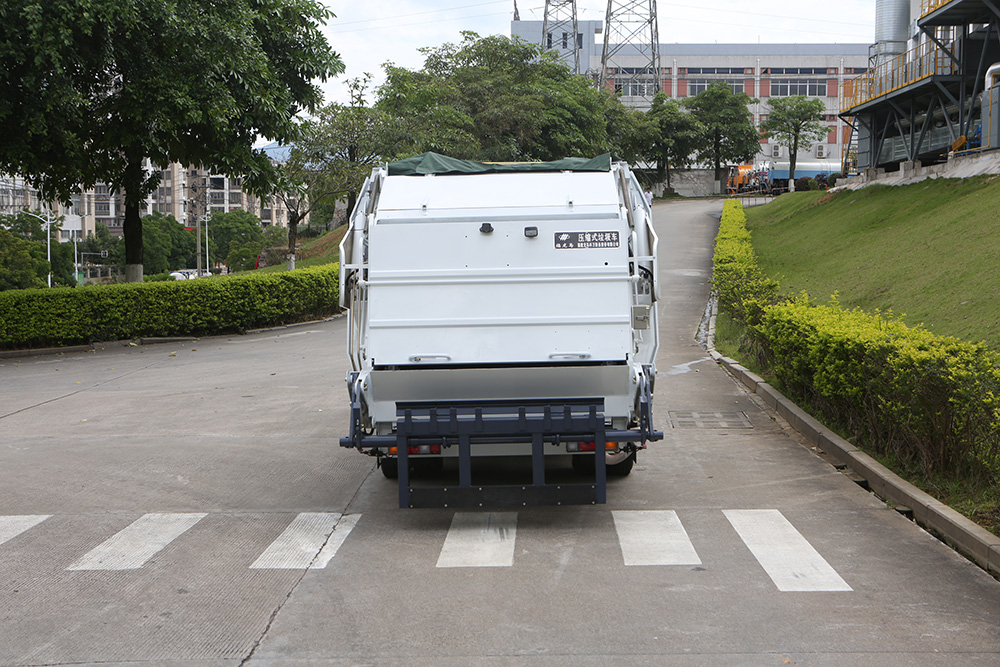
The above are some common senses of the FULONGMA sanitation garbage truck maintenance project. Drivers and friends must not ignore these common senses in the maintenance, so as to keep the vehicles always new, and common sense mistakes will not occur.


